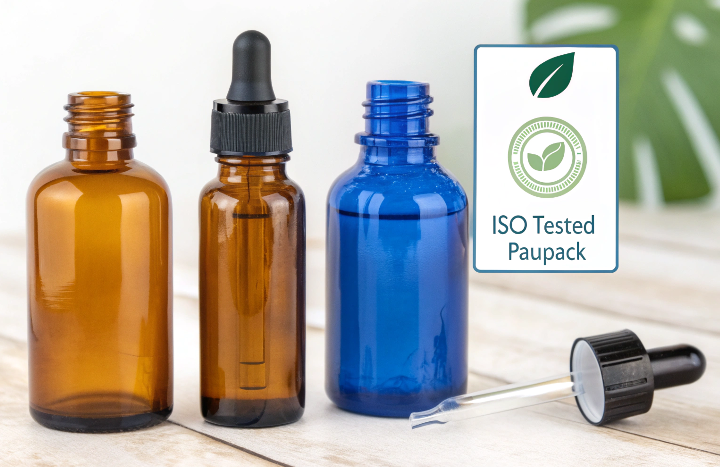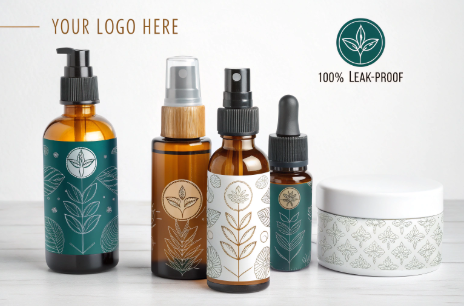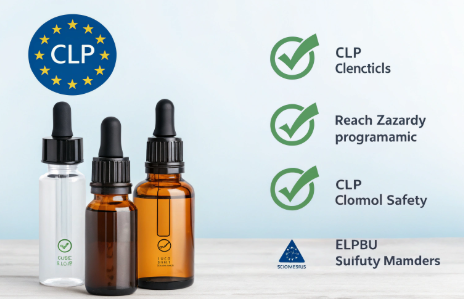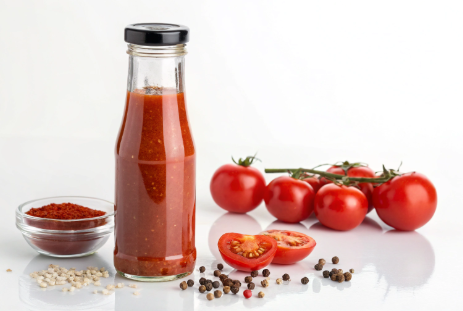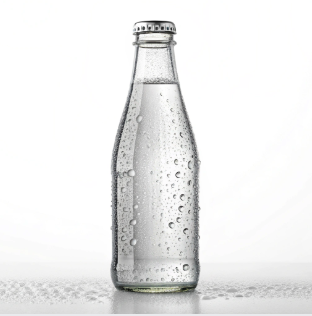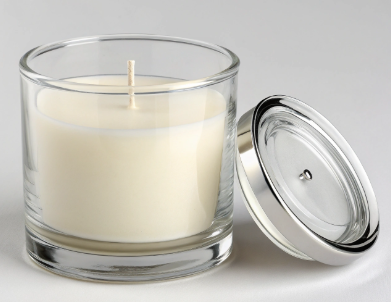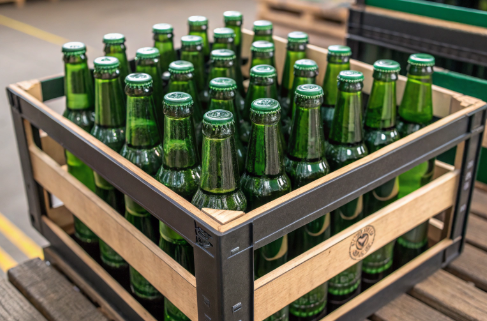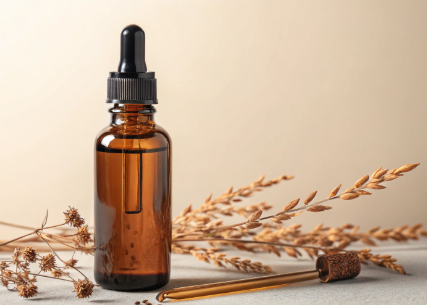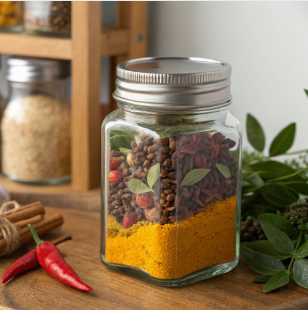Essential oil leakage, poor brand recognition, and inconsistent bottle quality are headaches every brand has faced. Custom packaging might just be your solution.
Custom essential oil packaging refers to tailored bottle and packaging solutions that meet specific brand, functional, and regulatory needs, often including logo printing, unique bottle shapes, and compatible closures.
With essential oils growing in popularity across skincare, wellness, and aromatherapy, packaging is no longer just a container—it’s part of the experience. Let’s explore what makes custom essential oil packaging so essential and how to get it right for your brand.
Introduction to Custom Packaging
When it comes to purchasing a new sofa, many people overlook the importance of custom packaging. Custom packaging can make a significant difference in the delivery and assembly of your new sofa, ensuring that it arrives at your doorstep in pristine condition. A good quality sofa deserves good quality packaging, and custom packaging can provide an extra layer of protection during transit. In this section, we will explore the benefits of custom packaging and how it can enhance your sofa-buying experience.
What is the best packaging for essential oils?
Off-the-shelf bottles might leak, degrade, or misrepresent your brand. Bad packaging equals bad reviews.
The best packaging for essential oils is amber or cobalt blue glass bottles with dropper or roller caps, offering UV protection and material stability to preserve oil potency.
Let’s dive deeper into what makes packaging “best” in this context.
Material Matters: Glass vs. Plastic and Other Durable Materials
|
Material |
Pros |
Cons |
Best Use Case |
|---|---|---|---|
|
Amber Glass |
UV protection, non-reactive, elegant |
Heavier, breakable |
Premium skincare & aromatherapy oils |
|
Cobalt Glass |
Aesthetic appeal, some UV protection |
More expensive than amber |
Boutique and luxury essential oils |
|
PET Plastic |
Lightweight, shatterproof, affordable |
May degrade over time with essential oils |
Samples or travel-size formulations |
|
Aluminum |
Opaque and fully protective |
Requires liner to avoid corrosion |
Specialty oils or kits |
Closure Options That Matter
-
Dropper Caps – Best for serum applications, precise usage
-
Roller Balls – Ideal for on-the-go blends
-
Spray Heads – Suitable for room sprays or diluted blends
-
Screw Caps – Great for refill packaging or blends used with droppers
At PauPack, we offer all these formats in customizable designs. From embossed logos on droppers to soft-touch matte finishes, your bottle can become your brand ambassador.
Benefits of Custom Packaging
Custom packaging offers several benefits, including increased protection, convenience, and a more personalized experience. With custom packaging, your sofa is wrapped and protected with materials specifically designed to prevent damage during shipping. This can give you peace of mind, knowing that your investment is well-protected. Additionally, custom packaging can make the assembly process easier, as all the necessary components are carefully organized and labeled. For example, if you’re purchasing a modular sofa with removable covers, custom packaging can ensure that all the parts, including the couch cushions and back cushions, are securely packed and easy to assemble.
Designing Custom Packaging
Designing custom packaging requires careful consideration of several factors, including the size and shape of the sofa, the materials used, and the intended use of the packaging. A sturdy frame and durable materials are essential for withstanding the rigors of shipping, while also ensuring that the sofa is protected from damage. For instance, a sofa with a wood frame and high-quality sofa sleepers may require custom packaging that is specifically designed to accommodate its unique features. When designing custom packaging, it’s also important to consider the type of fabric used, such as performance fabrics or recycled velvet, and how it may be affected by the packaging materials.
What is the 30/50/20 rule for essential oils?
Confused by dosage ratios or blending recipes? You’re not alone.
The 30/50/20 rule in essential oils refers to blending: 30% top notes, 50% middle notes, and 20% base notes, ensuring a balanced and lasting aroma.
Understanding Essential Oil Notes
|
Note Type |
Characteristics |
Duration |
Examples |
|---|---|---|---|
|
Top Note |
Fresh, sharp, evaporates quickly |
~15 min |
Lemon, Peppermint, Eucalyptus |
|
Middle Note |
Heart of the blend, soft and rounded |
~1 hr |
Lavender, Geranium, Chamomile |
|
Base Note |
Heavy, long-lasting, anchors the blend |
~6+ hrs |
Patchouli, Sandalwood, Vetiver |
This rule is particularly helpful for perfume oil formulations, where scent layering is key. From a packaging standpoint, this also affects bottle choice. A more viscous base-heavy blend might need a dropper with a larger orifice, while citrus-rich blends benefit from UV-resistant glass like amber or cobalt.
Packaging isn’t just design—it’s functionality that matches formulation.
Are essential oils regulated in Europe?
Selling in the EU? Compliance is non-negotiable.
Yes, essential oils are regulated in Europe under REACH and CLP regulations, which govern chemical safety and labeling requirements.
Key Compliance Points for Essential Oils in the EU
-
REACH (Registration, Evaluation, Authorization and Restriction of Chemicals)
-
Ensures that ingredients are safe to use and handle
-
May require suppliers to provide Safety Data Sheets (SDS)
-
-
CLP (Classification, Labelling and Packaging)
-
Requires clear hazard communication on packaging
-
Includes pictograms, signal words, and precautionary statements
-
-
Cosmetic Regulation (EC) No 1223/2009
-
Applies if essential oils are part of cosmetic formulations
-
Requires ingredient safety assessment, product notification
-
At PauPack, we ensure all our packaging components—from inks to liners—meet these compliance needs. Our packaging supports tamper-evidence, child safety closures, and proper labeling space for regulatory content.
Pro Tip: Always ask your bottle supplier for compliance documentation, especially when targeting Europe. We supply these upon request.
What kind of plastic is safe for essential oils?
Not all plastics are created equal—some might literally melt.
The safest plastics for essential oils are HDPE, PET, and PP, due to their resistance to oil-induced degradation and chemical stability.
Plastic Types: A Quick Breakdown
|
Plastic Type |
Chemical Resistance |
Transparency |
Recyclability |
Use Case |
|---|---|---|---|---|
|
HDPE |
Excellent |
Opaque |
Highly |
Bulk essential oil containers |
|
PET |
Good |
Clear |
High |
Sample-size essential oils |
|
PP |
Moderate |
Translucent |
Medium |
Closures, droppers, dispensers |
|
PVC, PS |
Poor |
Varies |
Low |
Avoid for essential oils |
We recommend always running compatibility tests, especially for high-concentration citrus or spice oils. Our lab at PauPack can assist with this pre-production testing to ensure long-term compatibility between your blend and packaging material.
Considerations for Custom Packaging
When considering custom packaging for your new sofa, there are several factors to keep in mind. First, think about the size of your living space and the type of sofa you’re purchasing. A larger sofa may require more extensive packaging, while a smaller sofa may be able to fit into a standard box. Additionally, consider the type of materials used in the packaging, such as eco-friendly materials or upcycled polyester, and how they may impact the environment. You should also think about the level of protection you need, depending on the distance the sofa will be traveling and the mode of transportation. For example, if you’re having your sofa delivered via white glove delivery, you may want to opt for more extensive packaging to ensure that it arrives in perfect condition. By taking these factors into account, you can ensure that your custom packaging meets your needs and provides the necessary protection for your new sofa.
Conclusion
Custom essential oil packaging is about more than aesthetics—it protects your product, reflects your brand, and ensures global compliance. Choose wisely.




